Drones have been around for a long time, yet it is interesting to see the uses cases that are emerging, especially in the Internet of Things realm. Drones are fun toys, and many people fly them as a hobby. But over time more commercial and professional drones are being deployed for a range of business applications and critical missions — everything from sports photography to science, research, military missions, medical purposes and search and rescue. Let’s call these IoT drones.
With the massive growth of the Internet of Things (IoT), and the Industrial Internet of Things (IIoT), we will see more drones performing important tasks – especially where it is expensive, dangerous or impossible for humans to travel. In these cases, drones can often make the trip faster or accomplish a task more efficiently and with less risk. They can act as an electronic “canary in a coal mine,” if you will.
In this post we will cover some of the IoT applications for drones, how these drones differ from the remote control aircraft flown by hobbyists, and how drones are being adopted for mission critical IoT applications.
Can Drones Save Lives?
Recently, there was a captivating story in the Minneapolis Star Tribune: Drone ends missing boy mystery. It was a riveting tale. An entire community of over 600 people galvanized around searching the family’s acreage and surrounding areas for the missing 6 year-old who had gone out to play with his dog one day after school and vanished.
One of the people who took an interest and thought he could help was the owner of a drone with a thermal camera that could “see” hot spots. Night had fallen, and no one had visibility beyond the edge of a flashlight’s glow. Not only could the device seek warm spots, but it could quickly soar over giant expanses of cornfield that would have taken searchers hours and hours to comb.

“I came across a heat signature blob that looked different,” drone owner Steve Fines said. “It was a bright, irregular shape. It didn’t look like a deer or a bear.” (Here astute readers will note the possibility of a bear or other wild animal in the vicinity of this missing child.)
The warm blob turned out to be the boy and his faithful dog, Remington. In addition to spotting the boy and his pet, the drone guided workers to the very spot where the boy sat cross-legged in the dark, holding his pup.
This story is inspiring in so many ways. Technology today can help us see beyond our limited abilities with the human eye. Whereas we lack wings and sensors and are fundamentally vulnerable, a drone can move quickly over terrain, go into dangerous places that wouldn’t be fit for humans, and even guide a team of searchers through a dark cornfield. And the technology just keeps getting better, enabling drones to travel further from the source, and perform much more sophisticated missions.
Working Drones vs. Hobby Drones
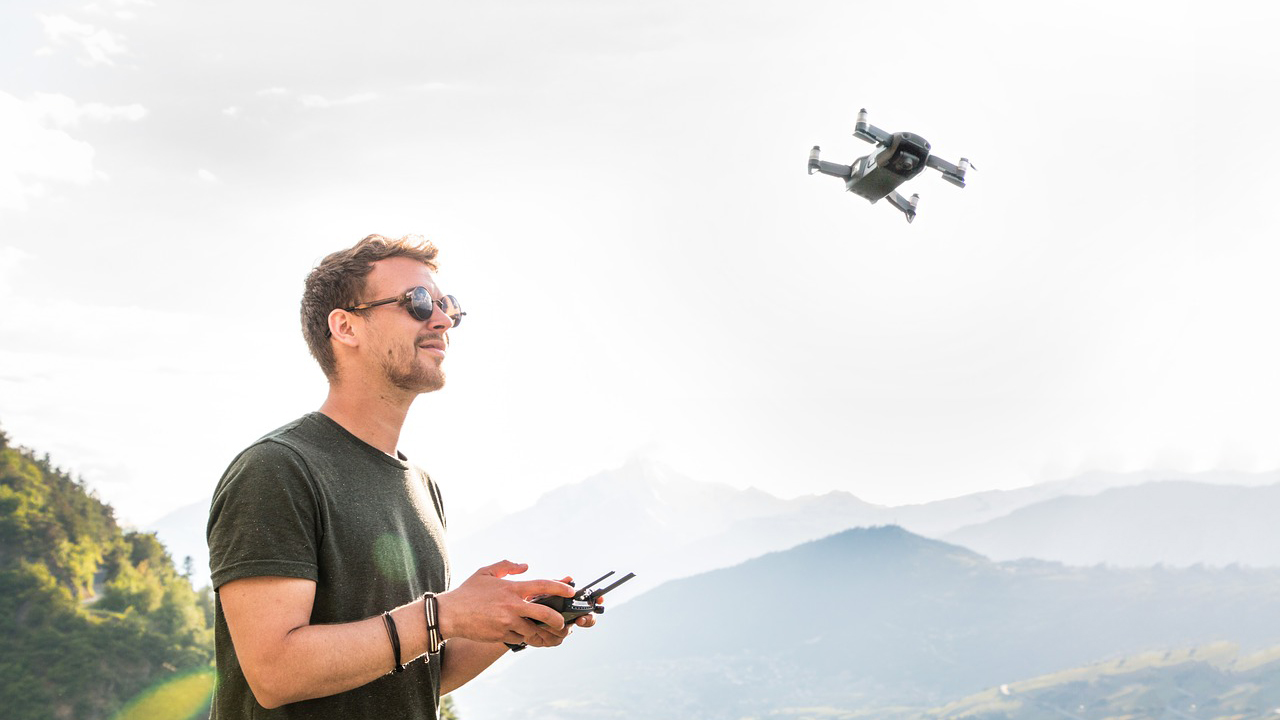
Today it’s possible for anyone to own a drone, also known as a “small unmanned aircraft,” “unmanned aerial vehicle (UAV), “unmanned aircraft system” (UAS), or “remotely piloted aircraft” (RPA). These terms do have different meanings, according to an article on Botlink. For example, many believe that term UAV indicates the craft has autonomous capabilities, whereas mere drones do not. For the purpose of this article, we are going with the common naming – drone – to indicate this class of remote control aircraft.
Projects to develop Internet of Things drones are on the rise. Many of the developers may start off as hobbyists, then realize that there are real world applications or even life saving or mission critical purposes for their unmanned aircraft — just as the Minnesota man did who helped to find the lost boy and his dog. So there is certainly a gray area between hobby drones and working drones. But for those who are considering embarking on an IoT drone project, let’s talk about some of the things that differentiate these two markets.
About Hobby Drones
The widespread availability of drones is wonderful for consumers, but it also presents some challenges, as private drones have been known to fly into restricted air space and get shot down for being perceived as a spying mechanism. It’s important to fly responsibly if you do own and operate a private drone, and to follow rules and regulations. These apply to every type of personal drones except small toys.
The rules for flying a private drone are easy to find, at least for drones owned and operated in the United States, where all aircraft are governed by the U.S. Federal Aviation Administration (FAA). Be sure to find the regulations that apply in your country. According to an article from PCMag, the U.S. the rules are as follows:
- If your drone is more than 8.8 ounces (250 g), you must register your drone with the FAA
- Registration comes with a sticker, which you must place on the exterior of the craft
- Fly your drone at or below 400 feet
- Keep your drone within sight
- Never fly near other aircraft, especially near airports (you need to keep a distance of 5 miles, or notify the air traffic control)
- Never fly over groups of people
- Never fly over stadiums or sports events
- Never fly near emergency response efforts such as fires
- Never fly under the influence
- Be aware of airspace requirements
About Working Drones for IoT Applications
Now let’s talk about drones that perform important tasks and missions. Working drones have a purpose like service dogs, but they don’t have to be fed. And while they work hard, they don’t command a salary. But in all seriousness, there are some key differentiators between professional drones that perform important tasks and hobby drones:
- Working drones can have commercial, industrial and military missions, ranging from entertainment to surveillance to agriculture to package delivery.
- They have a wide range of additional features and functionality to support their intended uses. These can include:
- Radios and GPS for location information and data transfer
- Video and still cameras for recording positioning of objects and people, criminals on the run or sports videography
- Light, heat and temperature sensors for locating living beings, monitoring weather systems and more
- Ability to carry and deliver payloads, including cargo, packages and medical supplies
- Ability to distribute seeds or fertilizer in agricultural applications
- Solar panels for recharging to augment battery life
- For the reasons above, working drones must have industrial design specifications:
- They are hardened to handle a range of environmental conditions
- They often have more propellers, depending on the weight they must carry
- They are typically equipped with industrial grade lights, sensors and other features
For more insights on the range of use cases for drones, see the Dronegenuity page, A Comprehensive List of Commercial Drone Use Cases.
Example Applications for Professional IoT Drones
Here’s a brief survey of some of the applications for Internet of Things drones. As each of these use cases could be an article of its own, we are only attempting here to provide a broad brush overview of IoT drones to highlight the functionality they require to perform various tasks and missions. If you are a developer working in the field of drone technology, we hope this will fuel your imagination for your next IoT drone project.
Drones Designed for Search and Rescue Missions
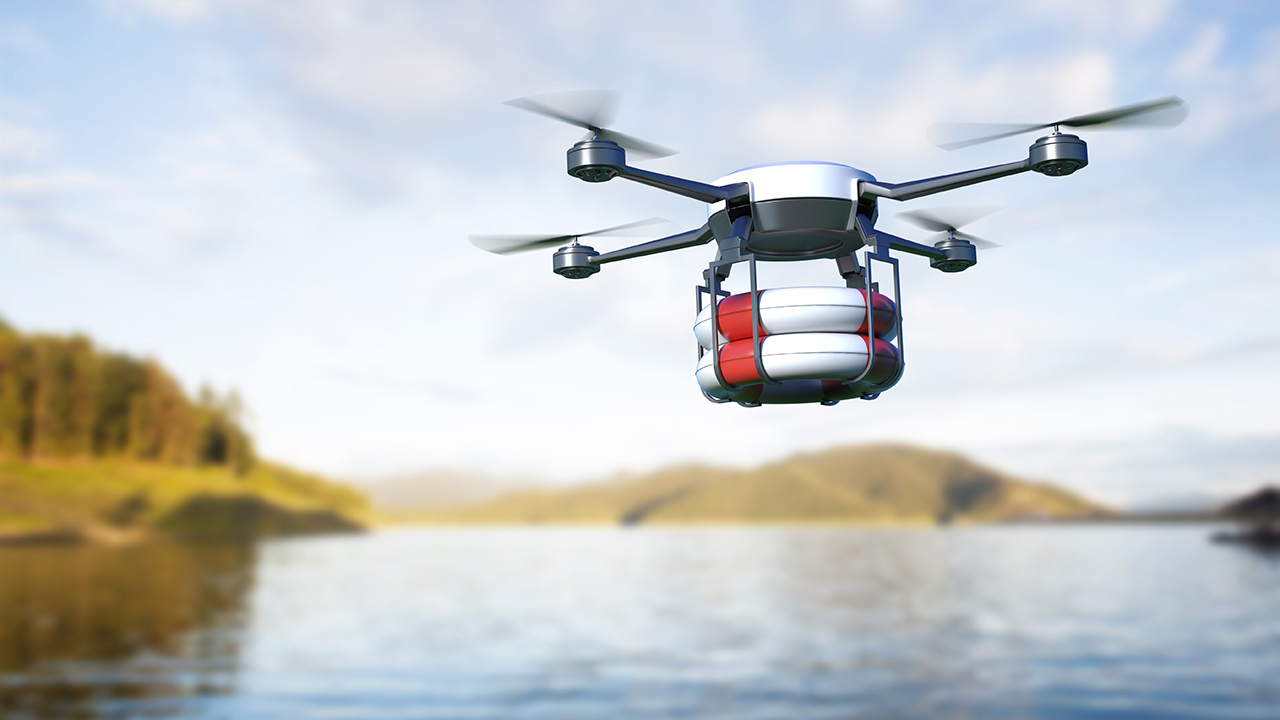
As we have seen in the real-life anecdote shared at the beginning of this post, drone technology is ideal for search and rescue missions. Drones can reach remote areas faster than people or vehicles. They can quickly get to areas that are impassible by vehicle, too expansive to be traversed on foot, or too remote or risky. Additionally, they can fly over search areas with lights, sensors and cameras, and can identify heat signatures that locate living beings using infrared technology.
Additionally, as indicated in the image, search and rescue drones can deliver flotation devices and life saving supplies, such as food, water, rope, life jackets, inflatables or life preservers. For example, a company called UrbanDrones develops drones that deliver life preservers that automatically inflate.
The technology equipping drones to perform life saving missions is quickly on the rise. Even private drones are making an enormous impact in search and rescue. An Aerosociety article reported survey results showing that civilian drones are now saving one life per week on average.
To consider what’s next in drone technology, consider the possibilities of AI and machine learning. For example, this YouTube video illustrates how machine learning can help drones learn how to recognize and navigate obstacles to avoid collisions. We can then imagine rescue missions in difficult to navigate spaces such as caves, mines and tunnels.
First Aid Drones
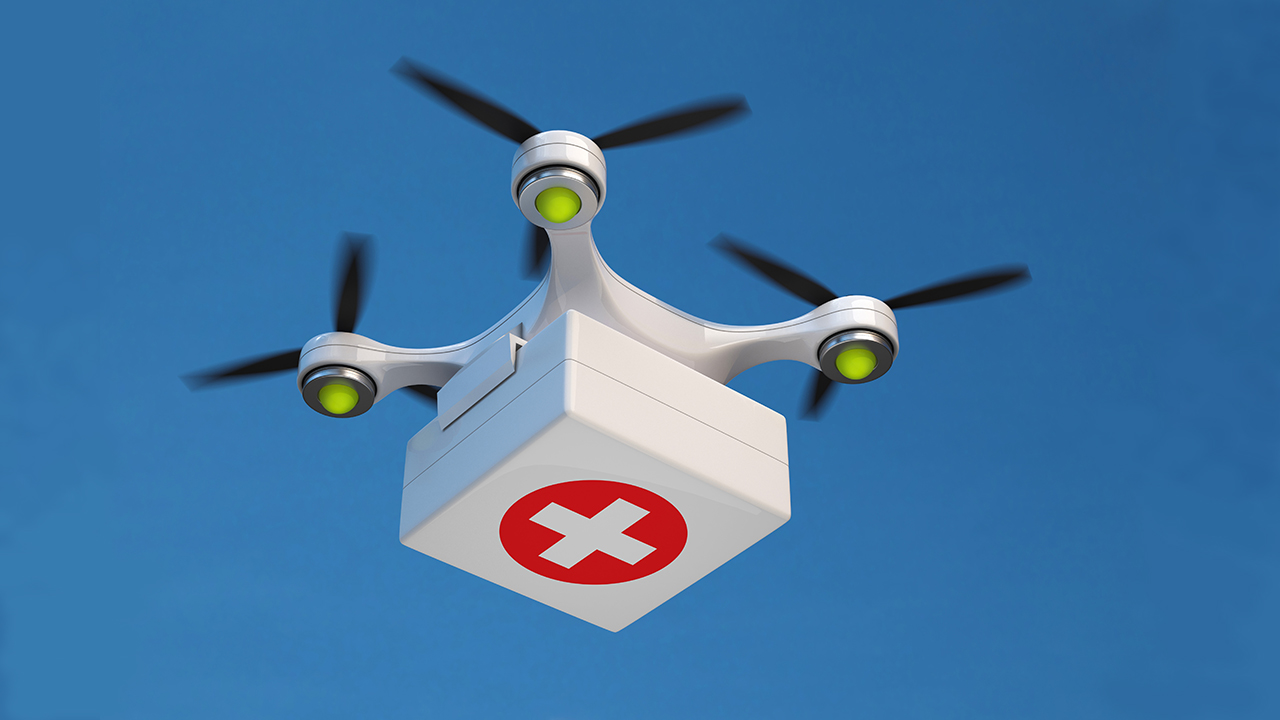
A recent article in IEEE Spectrum covered the story of a race between a drone equipped with first aid supplied and an ambulance. The drone won. The technology is designed to get life saving medical supplies to patients as quickly as possible.
A scenario where this would come into play, for instance, would be if two people are walking along a street and one collapses. In cases such as these, one possible life-threatening cause is sudden cardiac arrest (SCA). The ability to save that victim’s life depends upon the availability of an AED or Automated External Defibrillator designed to restart the heart. While this equipment is often stocked in first aid cabinets in office buildings, they are not to be found on any street corner.
The article reports: “Described in the journal Sensor, the drone system successfully reached every fake test patient in a busy city in northern Iraq, and arrived 90 to 120 seconds faster than an ambulance.”
Needless to say, the ambulance and first responders are still needed, but the arrival of life saving supplies can provide passersby with the ability to respond quickly while the emergency vehicle is en route.
Drones in Agricultural Applications
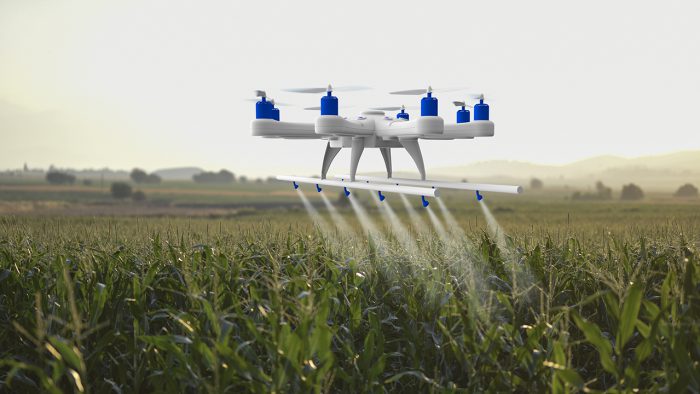
Imagine being able to send a drone to perform a task over a field instead of an enormous multi-ton, gas-eating machine. Obviously not every agricultural application can be replaced with a UAV, but the time and expense savings will understandably be considerable in instances where an IoT drone can get the job done. Crop spraying for fertilization and pest management would be one obvious IoT drone application for agriculture, but there are more:
- Sowing seeds: Planting seeds, along with nutrients to sustain them, is likely to become a common mainstream practice over time, as drones can perform this task quickly and with excellent precision, and can decrease planting costs by 85 percent.
- Soil analysis: According to an article in Technology Review, drones can provide insights early on in the crop cycle by producing precise 3-D maps that enable farmers to plan their seed planting patterns, as well as fertilization and irrigation.
See the Wikipedia page on agricultural drones for more on crop monitoring and FAA regulations.
Drones for Delivering Parcels, Supplies or Cargo
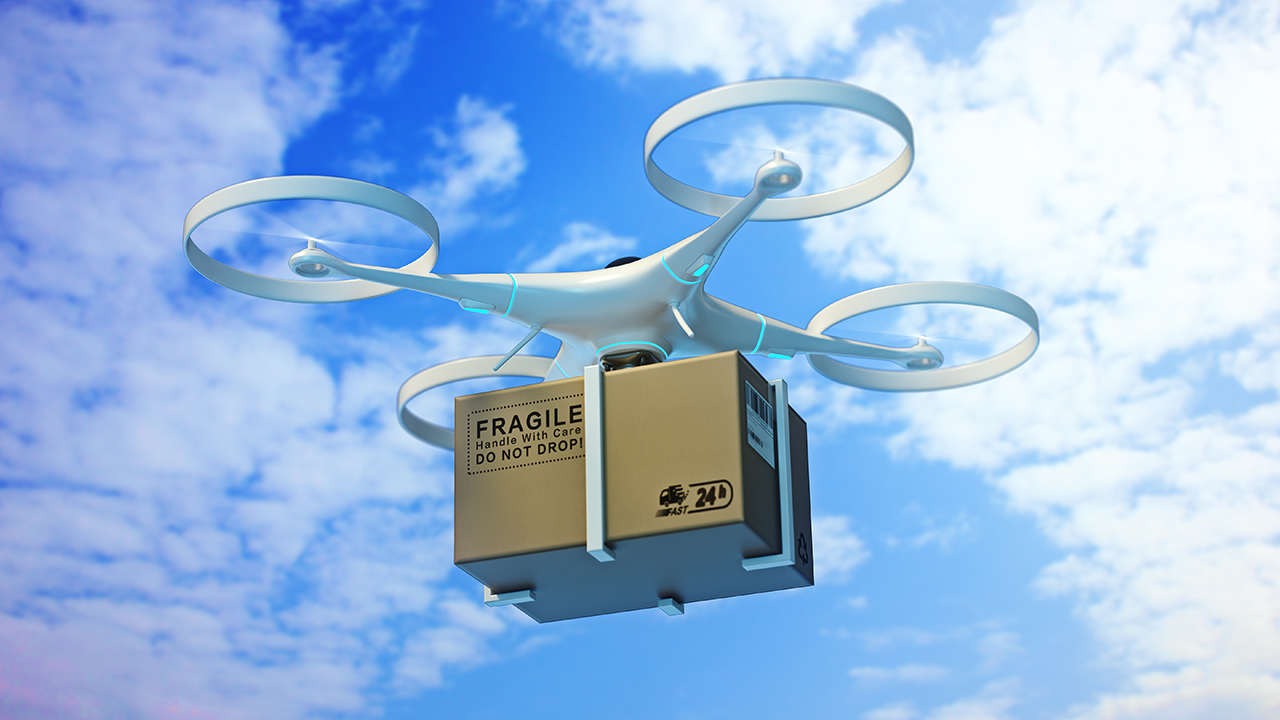
As we know, Amazon will very soon be using drones for parcel delivery. And a recent article in Emerging Tech reported an alliance between CVS and UPS that would enable drones to deliver pharmaceuticals. A wide range of delivery use cases are under exploration, and will be subject to regulatory approvals as these applications enter the market. Presumably, once drone delivery for packages is ubiquitous, the delivery of pizzas and other fast foods will not be far behind.
What is the maximum weight a drone can carry? Obviously, drones vary considerably by purpose and what kind of payload they are intended to deliver. But according to an article in Drone Tech Planet, the “average carrying capacity for professional Drones are 20 to 220 kg,” or about 44 to 485 pounds.
Drones in Military Operations
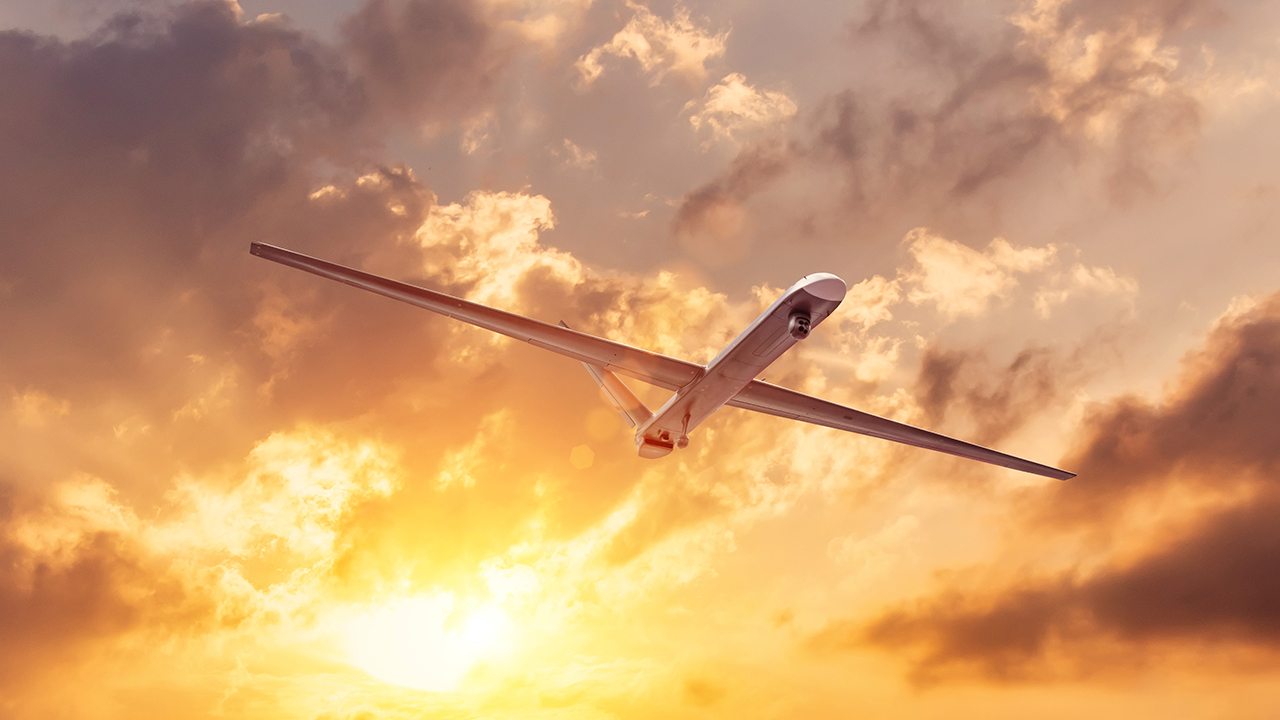
Drones are prevalent in military operations, and this is possibly the most well-known use case for unmanned aerial vehicles. A Wikipedia page on UAVs in the U.S. military provides a range of data points. For example the article states:
- In 2005, tactical- and theater-level unmanned aircraft alone had flown over 100,000 flight hours in support of Operation Enduring Freedom and Operation Iraqi Freedom.
- These UAS range in cost from a few thousand dollars to tens of millions of dollars, with aircraft ranging from less than one pound to over 40,000 pounds.
Surveillance is obviously a key use case for military operations. An article in ZDNet described tiny drones that can spy on other forces from the sky.
Drones for Sporting and Entertainment
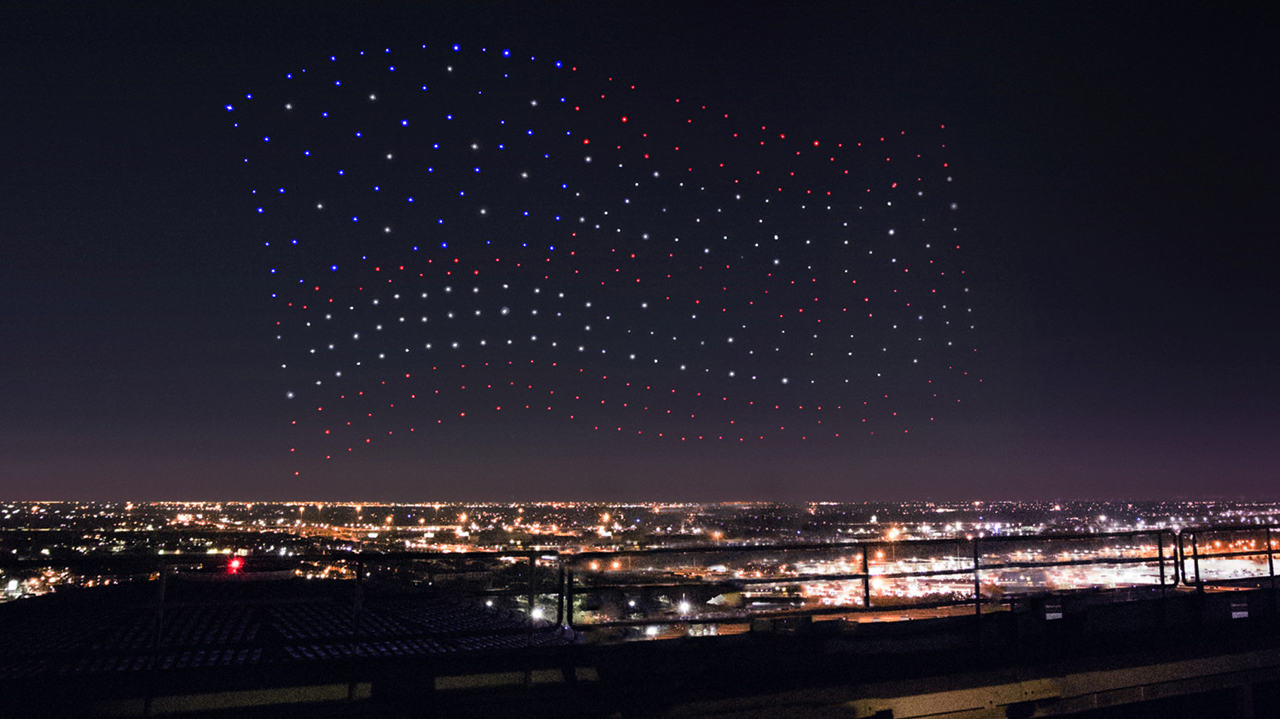
Sporting events and entertainment are also one of the most common use cases for commercial drones today, as they offer excellent aerial photography and video capabilities. Note that the FAA has strict regulations around the use of private drones near sporting events for health and safety.
But our story here would not be complete without mention of the famous use of drones in Lady Gaga’s halftime show in 2017. A Tech Crunch article provides an excellent description of the event, in which 300 drones were networked together to create the American flag, all operated by one person.
Drone Racing
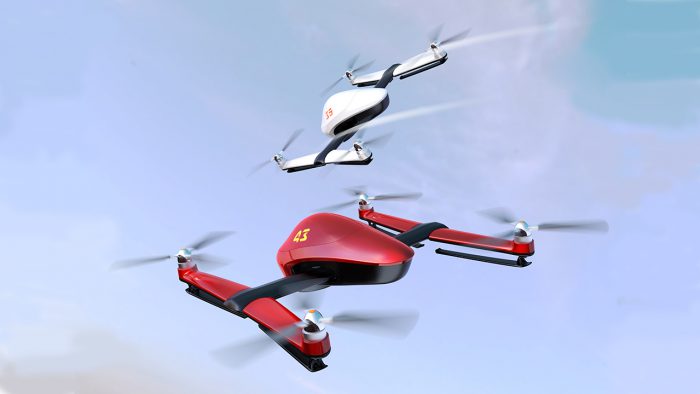
Drone racing has become a popular sport, and today you can find leagues of hobby and semi-pro drone operators. The drone racing Wikepedia page provides an excellent introductory description of the sport:
“FPV drone racing (where FPV stands for first-person view or first person video) is a sport type where participants control “drones” (typically small radio-controlled aircraft or quadcopters), equipped with cameras while wearing head-mounted displays showing the live stream camera feed from the drones.”
FPV is really interesting as it keeps the operator’s focus on the flight pattern, as if the operator was piloting an aerial vehicle. The Wikipedia page explains: “FPV (first person view) flying means that pilots only see what the drone sees. This is accomplished by live streaming footage from a camera mounted on the nose of the drone.”
Drone Case Studies and IoT Projects
Digi International has a range of customers building IoT drones for varying use cases. Here are two Digi customer stories about companies that incorporate Digi solutions in their products which serve the professional, commercial and government drone markets. Note that you can find more Digi case studies on the Customer Stories tab of Digi.com.
Draganfly Innovations Inc.
As the longest-running manufacturer of multi-rotor unmanned helicopters in the world, Draganfly Innovations has made a huge impact on innovative drone technology. When they wanted to equip their UAVs with advanced point-to-point communications for remote wireless control, they turned to Digi International. They chose the Digi XBee-PRO 900HP, which communicates over the unlicensed 900 MHz band and is excellent for applications requiring long range communications. The sub-2 GHz radios are less affected by obstacles such as buildings and trees.
Draganfly UAVs are used in a wide range of applications, from military operations to search and rescue, geographic surveys and crime scene investigations. You can read more in the Draganfly customer story on Digi.com.
Flying Eye
Flying Eye is a France-based manufacturer of professional drones for a wide range of commercial and industrial use cases as well as government and military applications. The company turned to Digi to enhance their technology with additional functionality. They use the Digi XBee 802.15.4 module for point-to-point connectivity for line-of-site ranges of up to two miles. Drones outfitted with two radio frequency links devote one radio to a backup parachute. Deployed in the event of emergency, the parachute is designed to save the UAV and prevent harm to people below if the craft loses flight capabilities.
The use cases for Flying Eye drones range from fire fighting to agricultural and construction applications and entertainment. For example, in law enforcement, their drones are equipped to locate and identify people, to monitor evolving situations to determine if intervention is needed, and to monitor city infrastructure and roadways to identify access points for emergency vehicles. They are equipped with thermal sensors and illumination cameras in order to perform night missions. You can read more in the Flying Eye customer story on Digi.com.
More IoT Drone Projects
In addition to these commercial drone case studies, you can see some private IoT drone projects in our Project Gallery.
And a Digi XBee® IoT drone project was recently covered in an article by Techapeek, in which a developer created a handheld mechanism, called SwarmTouch, to manipulate multiple drones at once.